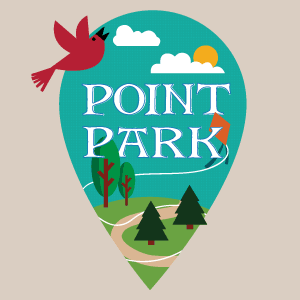
Milwaukee’s roots reach back to the 19th century settlements of Byron Kilbourn, Solomon Juneau, and George H. Walker. Today only the Walker’s Point neighborhood on the near south side remains relatively intact to excite our imagination and remind us of our early origins. Many of the buildings still hold on to the architectural style dating back to 1840.
As a staple of Milwaukee’s history, Walker’s Point is home to the iconic Allen Bradley Clock Tower, which is currently the world’s largest four-faced clock. This is just blocks from the upcoming Walker’s Point Global Water Technology Park. A site that will house more than one million square feet of facilities dedicated to the research, education, and technological development for the international water industry.
However, Walker’s Point represents so much more than industrial innovation, it has recently become a leading neighborhood of fine dining, culture, and arts. The neighborhood offers a taste of the culinary experience with their Dine Around tour, along with many events hosted by the Milwaukee Brewing Company.
As a generational crossroads, Walker’s Point has the rich history that Milwaukee is known for, while still representing itself as an up and coming urban hotspot. Being known as a walkable, bikable, diverse community, it has been recognized as an “ideal urban mixed-use environment”.
Urban Gardens
More people around the world are taking a look at urban farming, which offers to make our food as “local” as possible. By growing what we need near where we live, we decrease the “food miles” associated with long-distance transportation. We also get the freshest produce money can buy, and we are encouraged to eat in season.
Public Art
Cities gain cultural, social, and economic value through public art. Public art is a distinguishing part of our public history and our evolving culture. It reflects and reveals our society, adds meaning to our cities and uniqueness to our communities. Public art humanizes the built environment and invigorates public spaces. It provides an intersection between past, present and future, between disciplines, and between ideas. Public art is freely accessible.




